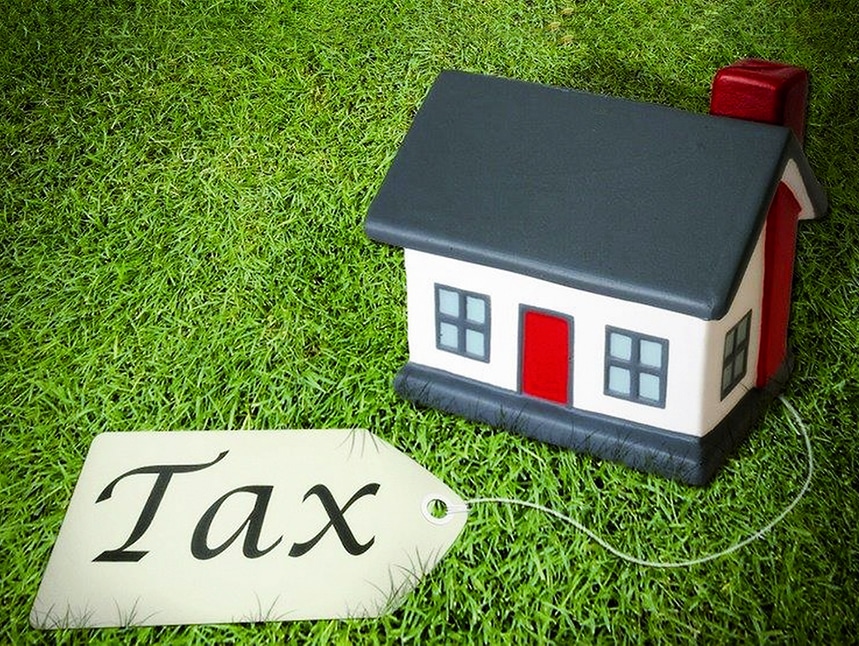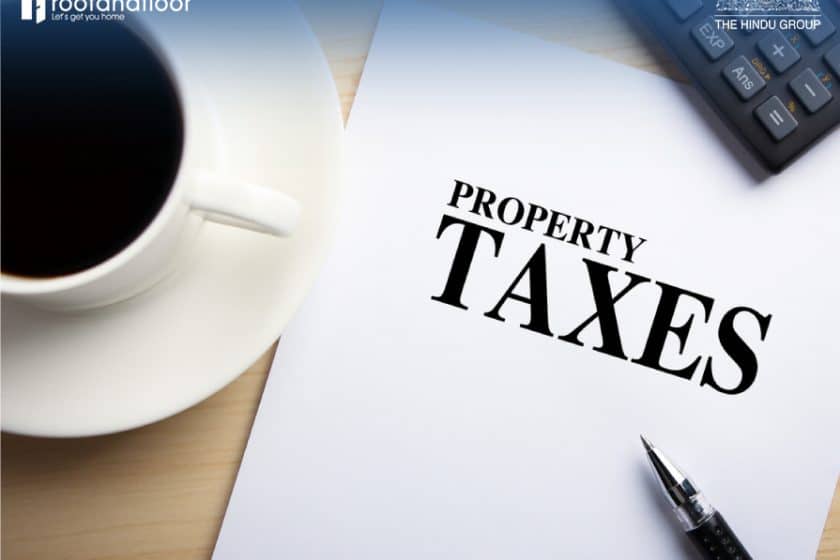In our continued series on real estate investment and property buying, our lawyer guides you on the nitty-gritty of paying property taxes in Chennai.
What’s the property tax?
A tax is levied by the State Governments on the ownership of any property in India. Owners of any residential or commercial property in Chennai will have to pay ‘property tax’ to the Greater Chennai Corporation.
(Read More: Your Guide to Paying Property Taxes in Hyderabad)
The tax is to be paid in full for the first half year before the 15th of April and the second half year before 15th October.
What if I don’t pay within those dates?
The Chennai City Municipal Corporation Act, 1919 (“the Act”) imposes a penalty of 1% per month if you fail to pay the tax within the stipulated dates.
Step 1: Application for assessment
An application has to be made to get the property valued by the relevant authorities so as to determine the tax payable.
This application will be made to the Office of the Revenue Officer, Office of the Assistant Revenue Officer or the Officer of the Zonal Offices, complete with all required documentation such as an approved plan, title deed, receipt of last tax paid, etc. Upon submission of a complete application, the authority conducts a valuation of the property.
Step 2: Valuation of property tax
The ‘Reasonable Letting Value’ method is stipulated for property owned in Chennai, where the annual rental value of the property is used as the basis for determining the property tax payable.
The annual rental value is calculated by multiplying the monthly rent value based on the basic rate per square foot (also known as plinth area) by the value ‘10.92’. The annual rental value, when multiplied with the rate of tax, would give the amount of property tax payable. (See our detailed guide on How to Calculate Property Tax in Chennai)

The Act also provides for concessions of different rates for different circumstances. A rebate of 20% over monthly rental value is provided for semi-permanent buildings. If it is an owner-occupied building, a 25% rebate is allowed over the monthly rental value for residential and 10% for non-residential buildings.
Depreciation of the building may be accounted for at the rate of 1% per year for buildings more than four years old, subject to a maximum rebate rate of 25%. The Act specifies a different method of assessment for special types of buildings such as nursing home/hospital or star hotels, lodging houses, cinema theatres, wedding halls, etc.
The GCC Website provides for a ‘tax calculator’ feature that will provide the accurate tax payable upon feeding details of the property. Detailed guidelines have also been made available to assist the tax payers with the process.
Step 3: Payment of tax
Payment of tax can be made both online and offline.
The GCC Website provides for an ‘Online Property Tax payment’ feature and prints a payment receipt when completed.
It has also joined hands with a set of banks which allow payment of the property tax through the ATMs or in the authorised branches. (For example, see Karur Vysya Bank Ltd.).
Most banks allow for such payment in any ATM or branch in India, and this benefit is available only to the bank customers.
A receipt or online receipt is issued upon payment. This property tax receipt provides for a document of proof of ownership during any disputes over the property. The receipt is also a key document to avail loans against property or for its registration.


Thanks for sharing this helpful information..it was easy to understand the content..good work..keep it up